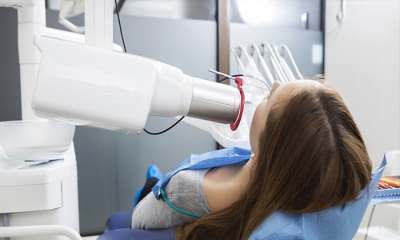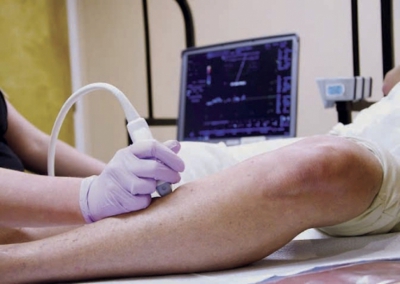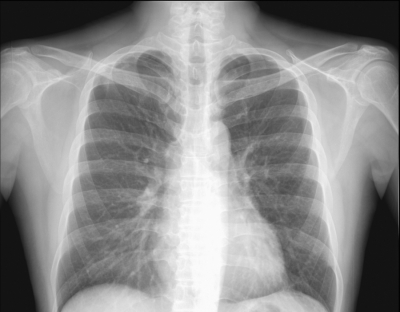Recognition of factors that cause procedural errors in dental prac-tice and their prevention increase the success rate of endodontic treatment. This study aimed to evaluate the rate of procedural errors in a clinical training setting using conventional and digital radiography systems.
Radiographic examinations are a part of routine clinical examination of temporomandibular disorders (TMD) to verify degenerative bone changes in the joint structures. Assessment of the prevalence of osseous changes of the temporomandibular joint (TMJ) in CBCT images of the patients with and without temporomandibular disorders.
Insufficient knowledge of the anatomy of the maxillary sinuses prior to sinus graft surgery may lead to perioperative or postoperative complications. This study sought to characterize the position of the posterior superior alveolar artery (PSAA) within the maxillary sinuses using cone-beam computed tomography (CBCT).
Temporomandibular joint (TMJ) dysfunction is the most common jaw disorder. TMJ imaging may be necessary to supplement information obtained from the clinical examination. The purpose of this study was to compare the diagnostic accuracy of helical computed tomography (CT) and cone beam computed tomography (CBCT) for detection of simulated mandibular condyle erosions .
To assess the effect of bisphosphonates on healing of extraction sockets and augmented alveolar defects, 12 adult female mongrel dogs were assigned to 2 experimental groups and a control group.
We aimed to evaluate the associations between the craniofacial growth pattern with interradicular distances (IRDs), cortical widths (CWs), and jaw heights (JHs). Also, we mapped safe zones for miniscrew implantation.
Vertical root fracture (VRF) is a common complication in endodontically treated teeth. Considering the poor prognosis of VRF, a reliable and valid detection method is necessary.
To determine the diagnostic accuracy of cone beam computed tomography (CBCT) in the detection of simulated mandibular condyle erosions.
Use of rotary Nickel-Titanium (NiTi) instruments for endodontic preparation has introduced a new era in endodontic practice, but this issue has undergone dramatic modifications in order to achieve improved shaping abilities. Cone-beam computed tomography (CBCT) has made it possible to accurately evaluate geometrical changes following canal preparation.
BACKGROUND AND AIM: Root canal treatment, especially in curved and constricted root canals, can be very difficult and time consuming.
Introduction: The purpose of this in vitro study was to compare the canal transportation and centering ability of Twisted File (TF) to that of Reciproc system.
The main aim of this study was to investigate whether Hounsfield unit derived from computed tomography (HU/CT) and gray value derived from cone beam computed tomography (GV/CBCT) can predict the amount of new bone formation (NBF) in the defects after bone reconstruction surgeries.
Haller cells are one of the anatomical variations in the orbital area, which are important in endoscopic surgical procedures and have a role in the pathogenesis of some diseases including sinusitis and chronic craniofacial pain.
This study was aimed to compare the diagnostic accuracy and feasibility of cone beam computed tomography (CBCT) with phosphor storage plate (PSP) in detection of simulated occlusal secondary caries.
As a consequence of root canal preparation, dentinal chips, irrigants and pulp remnants are extruded into preradicular space. This phenomenon may lead to post endodontic flare-ups. The purpose of this study was to compare the amount of extruded debris with four endodontic NiTi engine-driven systems.
This study was performed to evaluate the effect of changing the orientation of a reconstructed image on the accuracy of linear measurements using cone-beam computed tomography (CBCT).
آخرین مطالب
تمام حقوق وب سایت مرکز رادیولوژی دهان، فک و صورت دکتر شهریار شهاب محفوظ میباشد، طراحی شده توسط گروه مشاوران کسب و کار نوین






